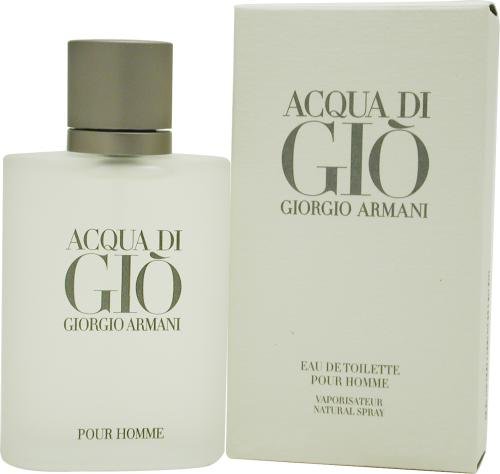Tuned Percussion can be a wonderful teaching tool for elementary school - but its also a potential minefield for music teachers
This article is to give you some hints and tricks on how to maintain and look after the instruments, plus the types of music to play which have the greatest chances of success.
1)Organization is the key
With tuned percussion instruments in a music class you have to be totally organized.
Each instrument needs a shelf where it lives permanently - so that students know where it goes back after it has been used. You've got to establish these places early in the routine and have ordering about how the students go about picking them out and playing them.
2) Go All Diatonic or All Chromatic
One of the big problems is that many orff style tuned percussion instruments are sold in two bits - the main "diatonic" part of the instrument, plus they offer a "chromatic extension" which is simply the black notes on a separate box resonator.
In my experience these things are far more hassle than they are worth, particularly for elementary school classes. You are much better off with just a diatonic instrument that isn't in "two bits"
Organizing a class so that everyone has to get the main instrument, and then get the chromatic extension and put it in front is far too difficult for most elementary classes.
In theory of course the elementary class can use just the diatonic bit, and the more advanced can use the full chromatic.. but it rarely works that way!
The only schools where I've seen those chromatic extensions they are generally put away into a cupboard and never used!
Still, I would recommend getting fully chromatic instruments if you have more advanced or older students!
3) Play everything in C Major
One of the big "time wasters" is those substitute F sharp and B flat bars that are included with many of the diatonic instruments. These have to be a complete waste of time for teachers. Often you can spend half the class making sure that all the students have the right notes on their instruments, and then you'll still hear something funny going on whenever you hear an "F" because one student has an F# on their instrument!
The best tip I have for this is to simply take those substitute bars, put them into a box and lock them away!
The best solution is to simply find music, transpose music or write music that is only in C MAJOR. This way you'll never have to worry about changing notes around, and you can concentrate on music making!
4) Go for Wood - Not Metal - and get them all at once!
I've seen more broken "Metallophones" at schools than any other instrument. For some reason they always seem to have gotten lost bars and damaged rubber strips under the bars which result in a loud "clunk" whenever you try to play them!
Glockenspiels are very challenging for young children - the bars are really small... and piercing on the ears as well.
My advice... go for WOOD every time. Simple, diatonic box resonated xylophones.
You should really take ALL your budget in one year and dedicate it to this - don't buy one or two at once.. That will not suffice for a whole class. Get a class set of ten to twenty xylophones that are all identical and they will last for years.
Get one or two at a time and you'll find that they get mixed up and no-one knows what bars and bits go with what instrument!
5) Mallets all identical - all in one place
One simple thing you can do is get a full set of mallets, and make them all identical!
If you get a box or a large jar and dedicate it to this purpose then students will know that they have to get and return the mallets to this location and they'll get used to this procedure.
If you only have wooden xylophones then you won't have to worry about different mallets for the glockenspiels and metallophones.
Of course I'm talking about ideals here - and I know that its very rare that you get the budget to go out and get a full class set of new orff tuned percussion instruments for your elementary school.
Hopefully whatever instruments you have you'll be able to use some ideas from this article to make tuned percussion more enjoyable in your classroom.














